This post is also available in:
 Deutsch (German)
Deutsch (German)
Late in the credits, “shot entirely on iPhone 5s” appears on the screen. Tangerine, from filmmaker Sean Baker, counts as the first (feature-length) independent film in widescreen format that was filmed exclusively with iPhones. That in itself is unusual, as it is more common for young filmmakers to work with reflex cameras (DSLRs), which make it possible to create films with a more popular cinematic style.
http:/https://www.youtube.com/watch?v=CWtiA4RQvlY
Official Trailer, Source: Kool Filmdistribution
This is different with Tangerine: The colors have their own aesthetic. The orange tones stand out in particular, giving the film its title – this bright orange color is not a characteristic of the smartphone camera, but rather was consciously added by Sean Baker later on. The director says he discovered the effect during the editing process.
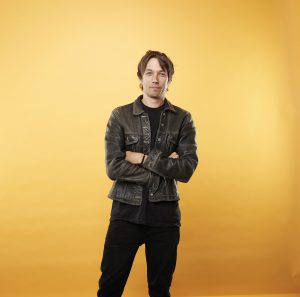
Director Sean Baker, by Daniel Bergeron
The picture quality is astonishingly good – a movie filmed on a smartphone that can be played on a big screen? Yes, indeed! It also isn’t obvious that it was filmed with a phone – whereas there are plenty of documentaries that are not perfect according to traditional standards, and where a shaky camera and unfocused picture are part of the style.
The iPhone aesthetic
Clear to see: The visual material has its own aesthetic – colors often seem slightly oversaturated, not quite real, or in any case not quite true to life, but are always nice to look at. The strip along the Santa Monica Boulevard is shown in a pleasant, shining orange. It was filmed with the popular app Filmic Pro. One special feature was the so-called anamorphic lens adapters that Sean Baker mounted on the iPhones while filming. This technical change is able to create a kind of cinematic picture and experience that would not be possible otherwise. This was important for the director, who by the way was able to get a hold of prototypes of this equipment for his project.
Why film with a smartphone in the first place? Sean Baker sees an advantage in that amateur actors are not intimidated by the otherwise large, unwieldy equipment. It is also not immediately obvious to passers-by that a movie is being filmed in their presence.
Turbulent, funny, tragic
On the content: In this turbulent tragicomedy, the film follows two heroes through the less-than-posh world of a transsexual red-light district in a neighborhood of Los Angeles. Sin-Dee (Kitana Kiki Rodriguez) and Alexandra (Mya Taylor) are out even on Christmas in order to make ends meet.
The director calls the style “semi-fictional”, or “semi-documentary”. The actors come from the scene and in some ways play themselves. Sean Baker discovered them in his own neighborhood – the born New Yorker lives in this part of Los Angeles and carefully started making contact with the actors. And it was worth it: The two main actors are incredibly funny, often breaking out in word-rich dialogue and give the film a refreshing tempo.
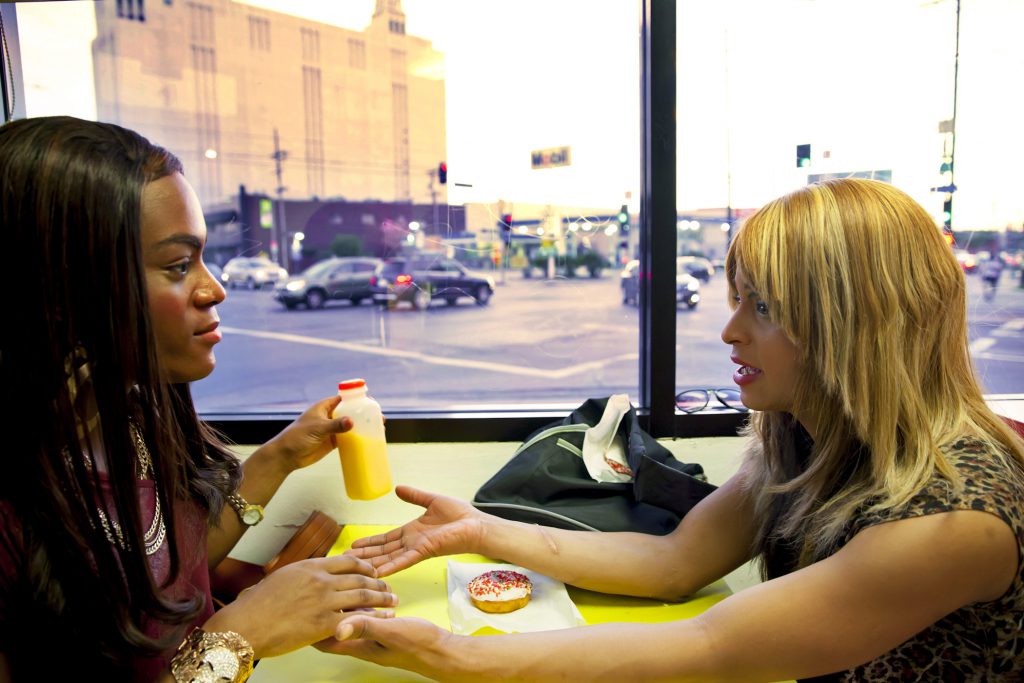
Photo: Main actors Kitana Kiki Rodriguez and Mya Taylor
Tangerine impresses with a very mobile, often unchained camera – which follows the actors into cheap dives and bars and exactly portrays the milieu of the transgender scene.
The camera (of the iPhone) is always close to the action: in the car, in the donut store, in bars. The camera moves a lot through the streets of Los Angeles, at which points the story is filmed like a documentary-style report, with moving and tracking shots. Additional lighting is almost never used, at least not noticeably.
The film is absolutely worth seeing! The critics in German media have awarded Tangerine top praise, and in the meantime, it has won many prizes at independent film festivals, including several for the outstanding camera work.

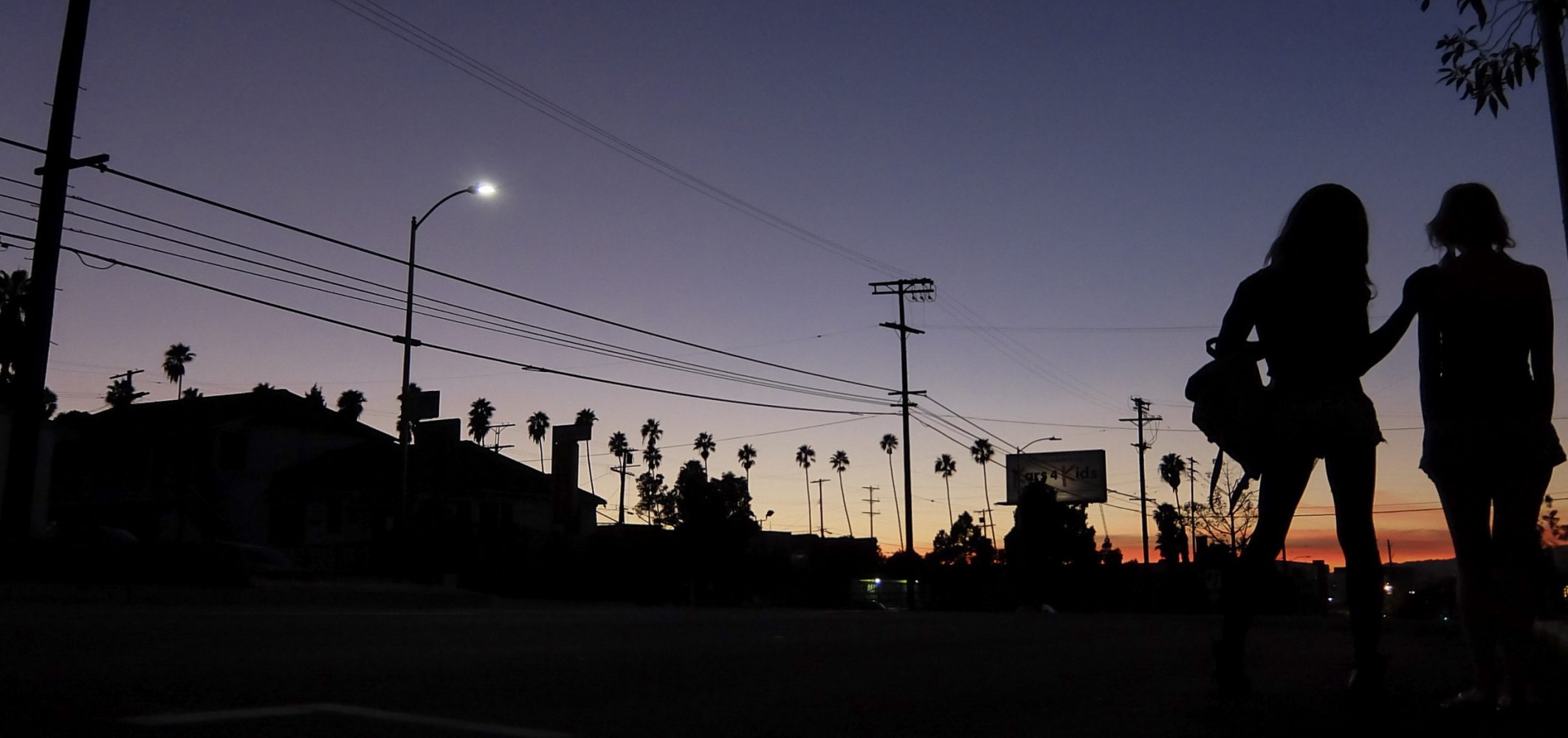
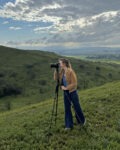
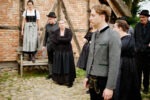
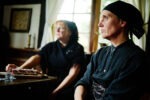

Comments by Kay Dethlefs